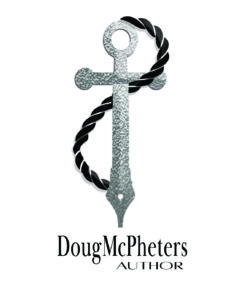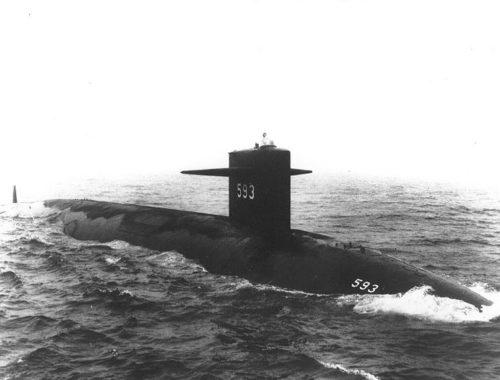Unlike the post-World War trials and related procedures in Germany, Norway, Finland, Sweden, and Denmark, events growing out of military disputes in Yugoslavia in the 1990s were quite diverse.
In 1991, Slovenia, the birthplace of America’s First Lady, formally left Yugoslavia. The Yugoslav People’s Army’s military intervention, often called the Ten-Day War, was unsuccessful. Yugoslav forces and equipment were withdrawn, and the result was entirely bloodless.
Croatia declared its independence on the same day in 1991 as Slovenia. The significant Serb minority in Croatia vigorously rejected the new Croatian state, preferring to remain within Yugoslavia. Croatian Serbs rebelled, with the help of Serbia and the Yugoslav Army, declaring part of Croatia as an independent Serbian state.
In the second half of 1991, furious fighting resulted in the shelling of Dubrovnik and the destruction by Serbian forces of Vukovar.
A UN-monitored ceasefire came into force in early 1992, but Croatia tried two major offensives to regain all of its territory, except Eastern Slavonia. The war in Croatia ended in autumn 1995. Croatia effectively ended the war in 1995, but reasserted its authority over the entire territory; Eastern Slavonia reverted to Croatian rule, which proceeded peacefully under UN administration.
More information on this complex subject will be provided in future posts.
@inavukic.com/2014/02/17/a-brief-history-of-the-war-in-croatia-background-battlefields-and-outcomes
#croatia, #slovenia, #dubrovnik, #serbia






